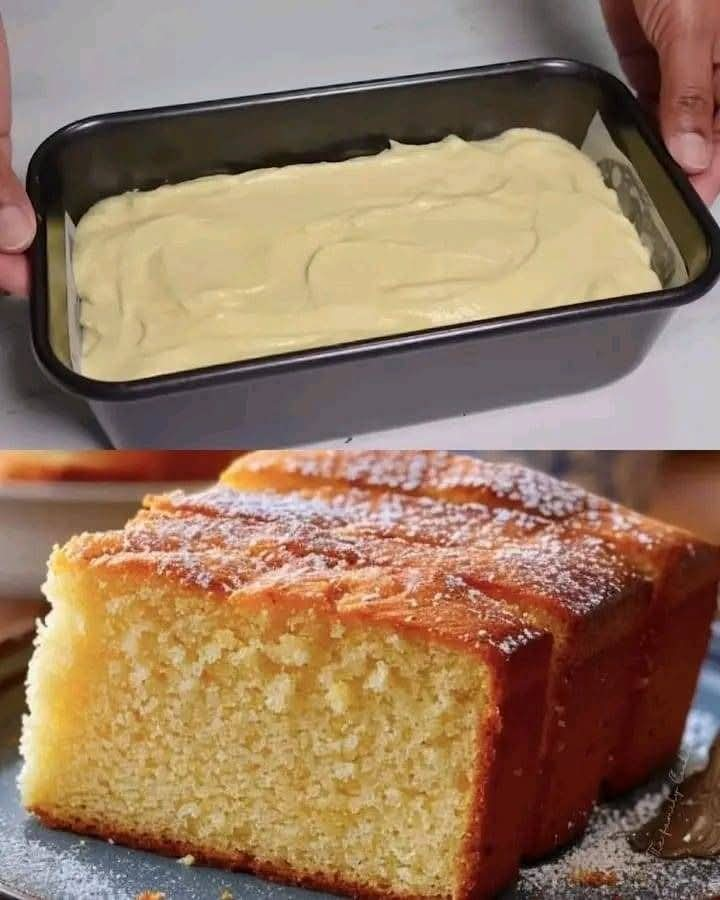Introduction: The Classic Butter Loaf Cake is a deliciously simple yet rich dessert that has stood the test of time. Known for its buttery flavor and tender crumb, this loaf cake is a go-to for many bakers. Perfect for tea time, an afternoon snack, or a quick dessert, it’s easy to make and incredibly satisfying. With just a few basic ingredients, this cake is both comforting and elegant, making it ideal for any occasion.
Ingredients:
1 cup (2 sticks) unsalted butter, softened
1 cup granulated sugar
3 large eggs
2 teaspoons vanilla extract
2 cups all-purpose flour
2 teaspoons baking powder
1/2 teaspoon salt
1/2 cup whole milk (or buttermilk for a tangy twist)
Instructions:
Preheat the oven: Preheat your oven to 350°F (175°C). Grease and flour a 9×5-inch loaf pan.
Cream butter and sugar: In a large mixing bowl, beat the softened butter and sugar together until the mixture is light and fluffy, which should take about 3-4 minutes.
Add eggs and vanilla: Add the eggs one at a time, mixing well after each addition. Stir in the vanilla extract.
Sift dry ingredients: In a separate bowl, sift together the flour, baking powder, and salt.
Combine dry and wet ingredients: Gradually add the dry ingredients to the wet ingredients, alternating with the milk. Start and finish with the dry ingredients, mixing just until combined. Do not overmix.
Bake the cake: Pour the batter into the prepared loaf pan and smooth the top with a spatula. Bake for 50-60 minutes, or until a toothpick inserted into the center comes out clean.
Cool and serve: Allow the cake to cool in the pan for 10 minutes before transferring it to a wire rack to cool completely.
Description: This Classic Butter Loaf Cake is a tender, moist, and flavorful treat that’s perfect for any occasion. The combination of butter, sugar, and eggs creates a rich base, while the hint of vanilla adds a lovely fragrance. The cake’s texture is light yet moist, and it pairs beautifully with a cup of tea or coffee. Its simplicity makes it an excellent base for additional flavors or toppings, such as a drizzle of lemon glaze or a dusting of powdered sugar.
Tips:
Room temperature ingredients: Make sure your butter and eggs are at room temperature before starting. This helps create a smoother batter and ensures even mixing.
Don’t overmix: When combining the dry and wet ingredients, mix just until combined. Overmixing can result in a dense cake.
Flavor variations: You can add zest of lemon or orange for a citrus twist or fold in chocolate chips or dried fruits for added texture and flavor.
Check doneness: Every oven is different, so check the cake with a toothpick around the 50-minute mark. If it comes out clean or with a few crumbs, the cake is done.
Correction for Recipe:
If you’re looking to adjust the sweetness, you can reduce the sugar slightly to suit your preference.
Ensure the batter is not too thick; if it appears too thick, add a little more milk to reach the right consistency.
